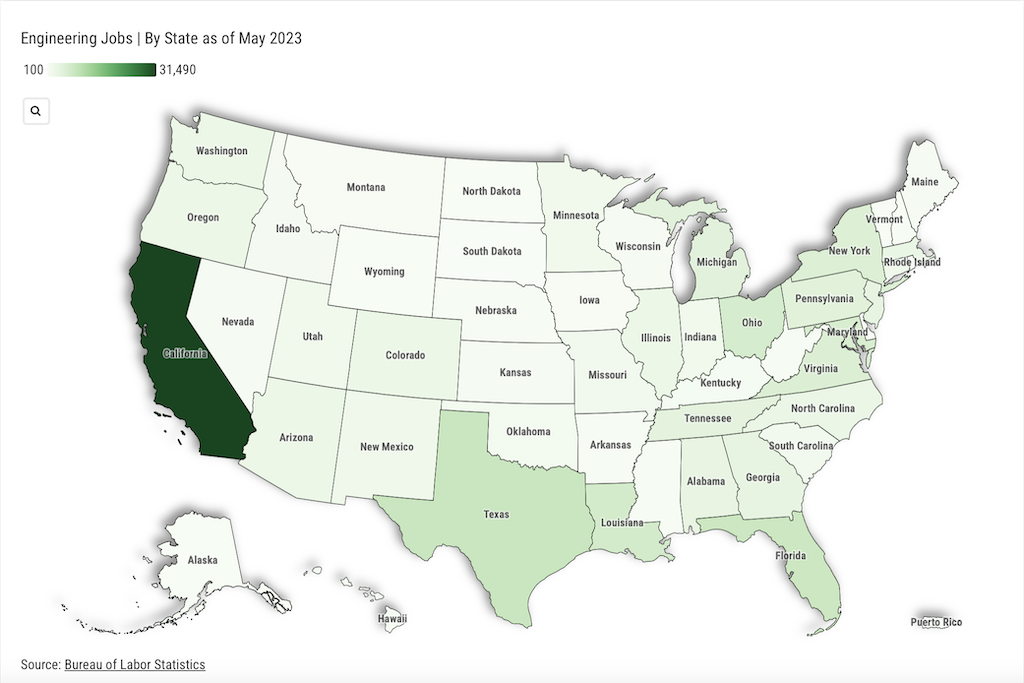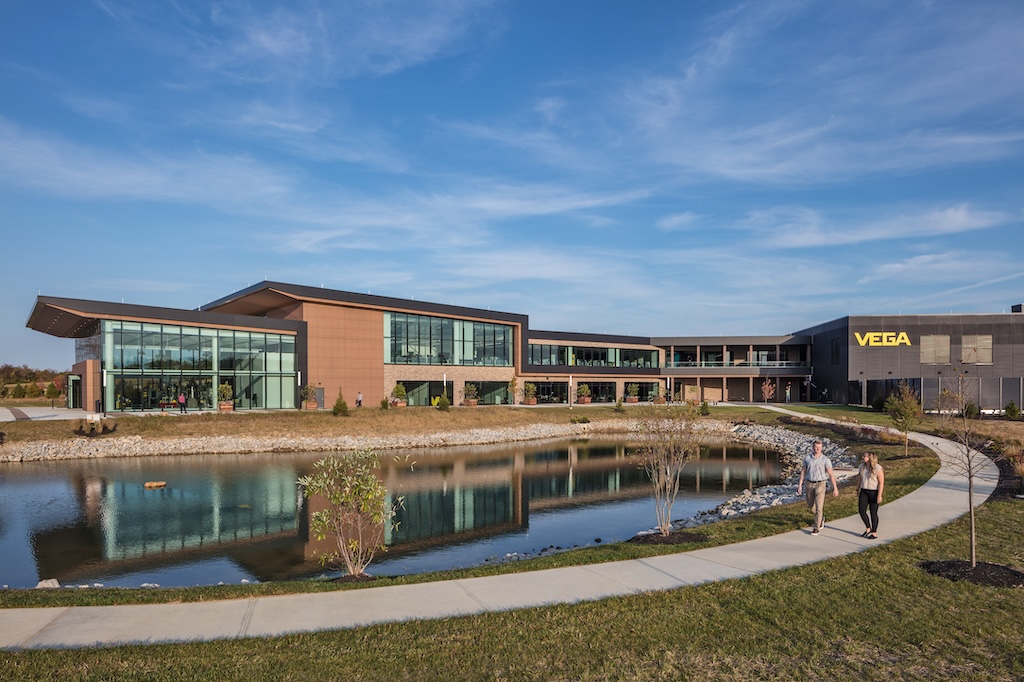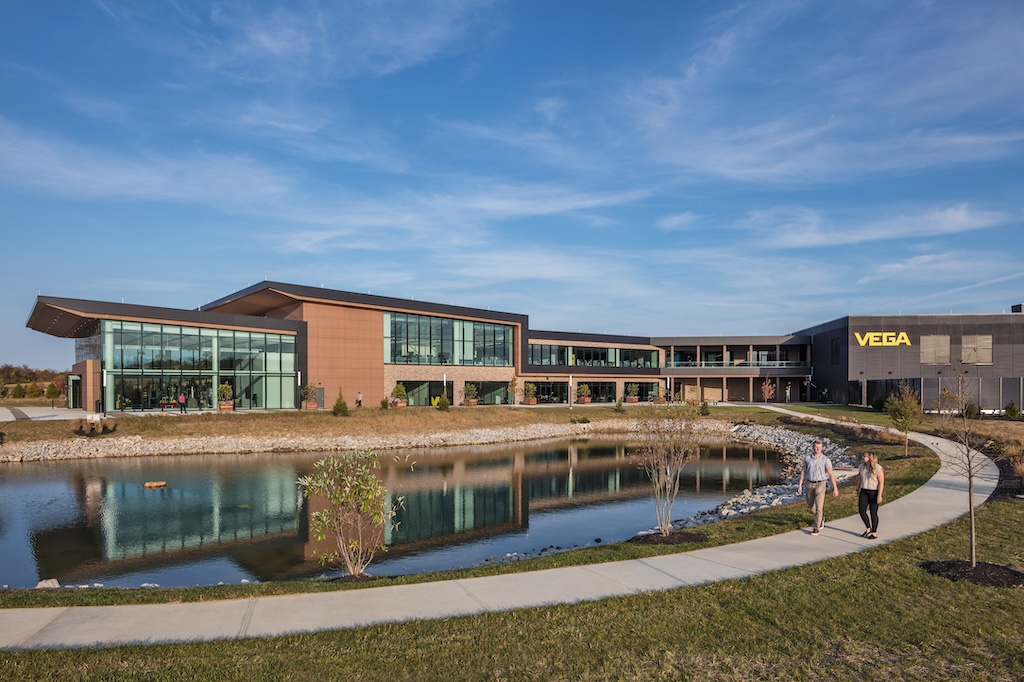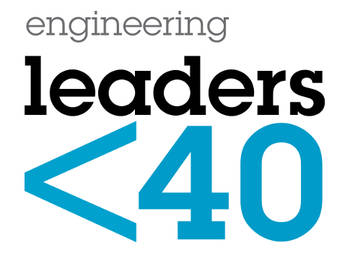About seven in 10 manufacturing firms have fewer than 20 employees. How large is their indirect impact?

Manufacturing insights
- Manufacturing plays a critical role in the broader economy, with job losses in the sector triggering significant ripple effects across related industries through both backward and forward linkages.
- Beyond production, manufacturing drives substantial economic activity and innovation, underscoring its importance not just to plant operations but to workforce development, research and development (R&D) and regional economic health.
A recent article in the New York Times lamented the loss of a paper mill, and pointed out that for every 100 jobs in durable manufacturing, there are 744.1 indirect jobs lost. Durable manufacturing includes steel products, glass, spring and wire products and metalworking machinery. The Economic Policy Institute released a report calculating this information in January 2019, which isn’t exactly new, but shows the ripple affect across a region or economy with manufacturing job losses.
Nondurable manufacturing — which includes everything from food to engineered wood products to rubber — has fewer indirect jobs lost (514.3).
The report indicated that there are 16.5 indirect jobs lost per $1 million drop in demand for durable manufacturing, compared with 10.6 indirect jobs lost for the same drop in retail. The number of jobs lost between the two industries is close (18.3 in durable manufacturing and 20.5 in retail), so the initial job loss numbers are more startling.
Other big industry groups include:
- Utilities, with 957.7 indirect jobs lost
- Real estate and rental leasing, with 879.7 jobs lost
- Information (media, data processing, telecom), with 573.1 jobs lost
Most of these numbers are of high interest to economists, politicians and statisticians. But they should interest everyone who touches manufacturing. There are backward linkages to consider too, meaning that manufacturing relies on a supply chain, perhaps raw metal or other components. There are also forward linkages, meaning the eventual output of a mill or production facilities. Linking the two together creates employment multipliers, which was reviewed carefully in the Economic Policy Institute report.
There are also close links to the economy. According to the National Institute of Standards and Technology, for every dollar spent on manufacturing, it creates $2.69 in total economic activity. That might not sound like a lot, but it multiplies when you start adding zeros and commas.
While we talk about manufacturing, supply chain and workforce development extensively at Plant Engineering, we do not have the ability to focus on all the other interconnected industries, such as transportation, distribution or software development. We also do not have time to focus on research and development (R&D), though the National Center for Science and Engineering Statistics notes that manufacturing companies performed $326 billion — or 54% — of all domestic R&D in 2021.
While Plant Engineering focuses on the practical elements of manufacturing, it’s clear that the impact of this sector reaches far beyond the factory floor. Manufacturing is deeply intertwined with a wide array of industries and economic drivers — from supply chains and workforce development to R&D and regional job creation.
Understanding the broader ripple effects of manufacturing helps underscore its vital role in economic resilience and national growth. For plant engineers and manufacturing professionals, recognizing these connections isn’t just informative — it’s essential to building a stronger, more sustainable future for industry and the economy alike.




